Login
Air quality

Assess the impact of your industrial emissions on air quality through our dispersion studies and advanced modeling tools

Manage and control the odor impact of your site using our dispersion studies, monitoring tools, and olfactory modeling expertise

Anticipate the impact of your road, rail or airport projects on air quality and public health with our 'Air & Health' studies and regulatory expertise

Urban planning, LEZs, climate plans, greening, pedestrianization, etc. — the challenges are growing in number and complexity, requiring expertise and tools we can provide
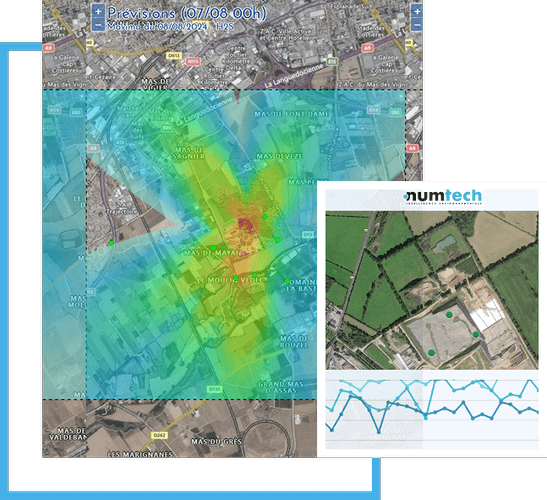
OUR EXPERTISE
Thanks to reliable data and precise modeling, we help industries and local authorities measure air quality, anticipate health impacts, and design sustainable strategies.
Our software
Discover our software solutions to monitor and anticipate your environmental challenges.
NUMTECH trains engineers and technicians in the use of atmospheric dispersion models, particularly with the ADMS software suite.
Our catalog details the content and conditions of each proposed training course. Customized training is also possible.
Objectives: For the core module: Understand the fundamentals of atmospheric modelling, cover the theory of atmospheric dispersion, and review the different types of models available and their fields of application. Plus two elective modules to choose from a varied list (see the training catalogue).
Audience: Institutes and relevant organisations, public authorities, engineering consultancies, industry, associations… This course is aimed at anyone wishing to understand the phenomena and principles involved in an atmospheric dispersion study.
Minimum required level: General engineering or technician background.
Objectives: Learn to use ADMS 6 for atmospheric dispersion studies: understand and convert input data (meteorology, topography, emissions), run simulations, visualize results, and use the core ADMS 6 options required for chronic impact studies.
Audience: Beginner or intermediate users. Open to consulting firms, industrial companies, organizations, associations, and public authorities.
Minimum required level: Engineers or technicians new to dispersion modeling.
Objectives: Master advanced features and specific modules of ADMS 6. Be able to position ADMS 6 (and justify its selection) among the different families of dispersion models, and assess model sensitivity and uncertainties.
Audience:Users wishing to advance their ADMS 6 practice, master the advanced modules, and understand the tool’s limits and strengths.
Minimum required level: Engineers already familiar with ADMS 6.
Objectives: Learn to use ADMS-Roads for studies on the impact of road traffic ("Air & Health" section): understand and convert input data (meteorology, topography, emissions), run simulations, visualize results, and use the main options of ADMS-Roads.
Audience:Open to engineering consultancies, local authorities, and CEREMA (French public agency for risks, environment, mobility and planning).
Minimum required level: Engineers working in air pollution and impact assessments ("Air & Health" section).
Objectives: Learn to use ADMS-Urban for studies on urban air quality or the impact of complex road networks: understand and convert input data (meteorology, topography, emissions), run simulations, visualize results, and use the main options of ADMS-Urban.
Audience:Open to Air Quality Monitoring Associations (AASQA), local authorities, and CEREMA.
Minimum required level: Engineers already working in the field of air quality and air pollution.
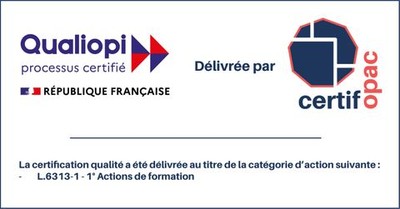
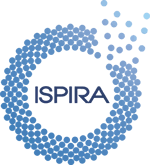

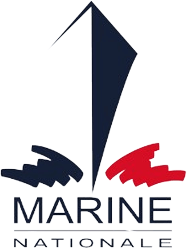






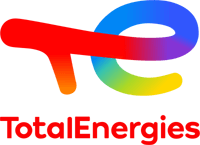




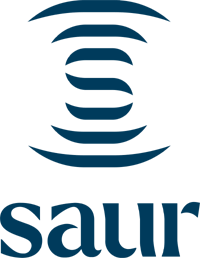










F. A. Q

|
|
|